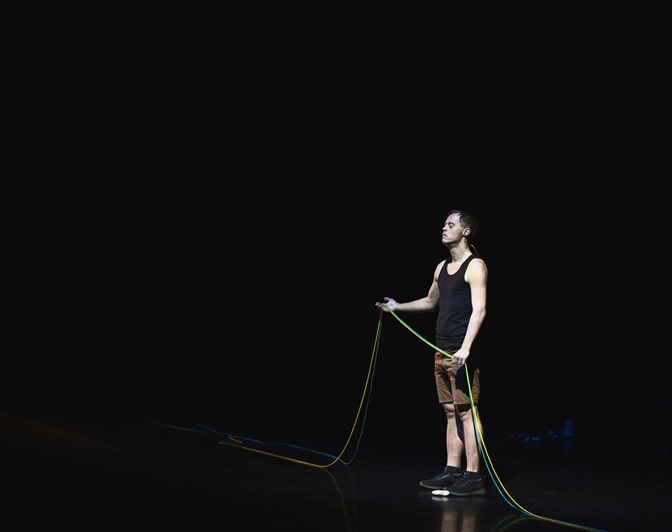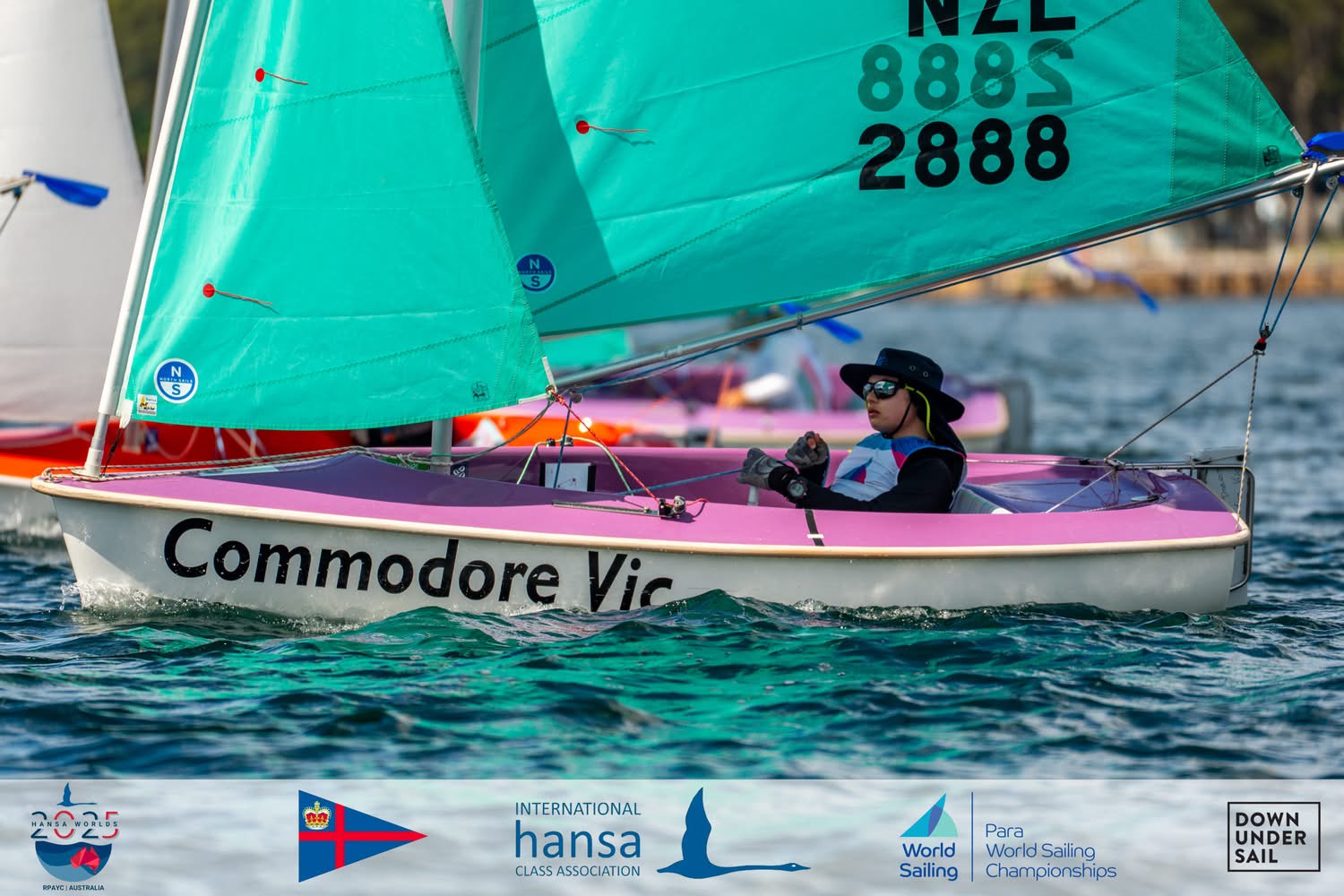Categories
Becoming an artist

Lisa Holten didn’t imagine that her daughter Sarah would, or could, become an artist. Lisa was caught up in the grind of managing day-to-day services. Like many families dealing with disability funding, she had become focused on services – what was there and what wasn’t there.
For the first four years Sarah’s Very High Needs (VHN) funding had to be delivered by a Ministry of Social Development (MSD) contracted day programme provider. She could have an individualised activity plan, but it was problematic. Sarah needs continuity in her nursing-level care to manage restricted medications and medical equipment, and her very changeable symptoms.
“Her staff are highly trained. You can’t have outside staff coming in for a few hours, a few times a week from a provider. We need her team who work with her the majority of the time,” Lisa says.
These staff were already employed through Sarah’s other health budgets, but in order to pay them from Sarah’s VHN budget they would need to be employed by the provider. That would mean secondary tax, another employment agreement, and a far lower pay rate, which wasn’t feasible.
Lisa says the situation with Sarah’s provider became very frustrating and they moved her VHN funding under the same umbrella as her other budgets. They could now use the funds not only to pay for her programme costs but also to pay the staff.
“We are with Manawanui as a host. They are basically the middleman between me and MSD and me and MoH and me and the DHB for Sarah’s budgets. They invoice the government department funders for our submitted costs. I manage the budget and help employ the staff. Sarah is the employer and I am her agent,” Lisa says.
“This is not for all people. There are a lot of people who can’t do individualised funding as it doesn’t work for them and what they are wanting in supports. But there has to be choice. There can’t be a one-stop shop.” Lisa says individualised funding works for them. “For Sarah, this has been the best thing.”
Sarah goes to an art class at Māpura Studios every week, and this led to her art residency last year at Studio One Toi Tū. She also meets with a group of young adults at Peers, which offers creative projects, music and dance and living skills through the Physically Disabled and Able-Bodied (PHAB) organisation. She also loves to go swimming and to get out in the community to build relationships and resources and pursue the art and business projects she has in mind, including plans for a solo exhibition and adapting her art for use on textiles.
Caption: Sarah Holten-Warren uses a head pointer to create her artworks.

This story was published in Strong Voices. The magazine is posted free to all IHC members.
Download PDF of Strong Voices issue








